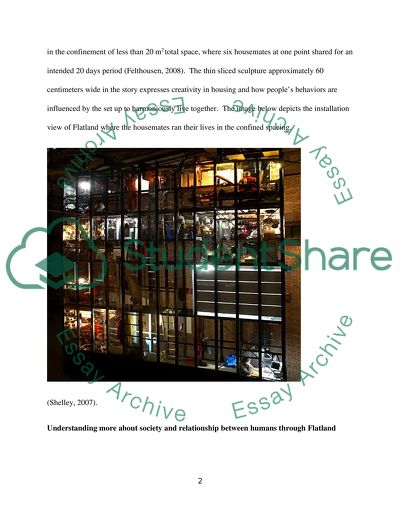Cite this document
(“Alex Schweder and His Practice-Flatland ( Precedent Report ) Research Paper”, n.d.)
Retrieved from https://studentshare.org/architecture/1673410-alex-schweder-and-his-practice-flatland-precedent-report
Retrieved from https://studentshare.org/architecture/1673410-alex-schweder-and-his-practice-flatland-precedent-report
(Alex Schweder and His Practice-Flatland ( Precedent Report ) Research Paper)
https://studentshare.org/architecture/1673410-alex-schweder-and-his-practice-flatland-precedent-report.
https://studentshare.org/architecture/1673410-alex-schweder-and-his-practice-flatland-precedent-report.
“Alex Schweder and His Practice-Flatland ( Precedent Report ) Research Paper”, n.d. https://studentshare.org/architecture/1673410-alex-schweder-and-his-practice-flatland-precedent-report.


